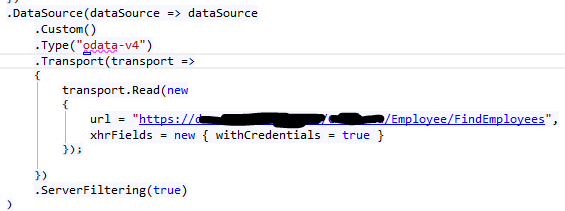For those who work in corporate environments that contain legacy applications, your users may be forced to use Internet Explorer Compatibility Mode for your entire domain to get these older applications to work in modern browsers.
Unfortunately, the default behavior of Compatibility Mode will likely wreak havoc on your “modern” application unless you force your application to be served in “Edge” mode, which as of today for most environments probably means IE 11. Read the rest of this entry »


